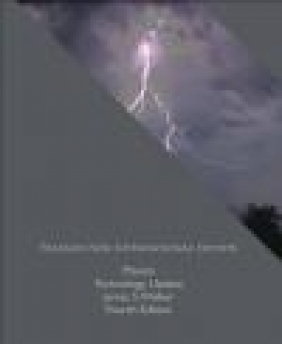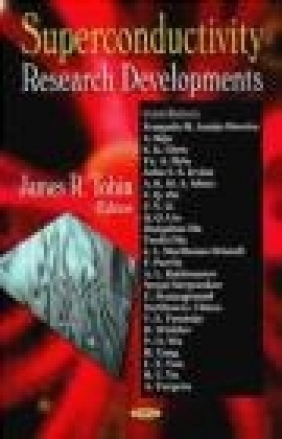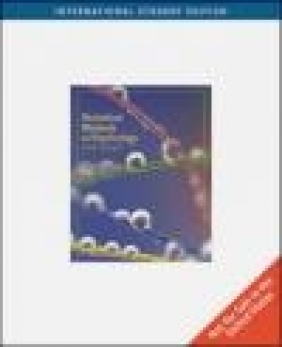Superconductivity Research Developments
Superconductivity Research Developments
- Producent: Nova Science Publishers
- Rok produkcji: 2007
- ISBN: 9781600218484
- Ilość stron: 248
- Oprawa: Twarda
Niedostępna
Opis: Superconductivity Research Developments
Superconductivity is a phenomenon occurring in certain materials at extremely low temperatures, characterized by exactly zero electrical resistance and the exclusion of the interior magnetic field (the Meissner effect). The electrical resistivity of a metallic conductor decreases gradually as the temperature is lowered. However, in ordinary conductors such as copper and silver, impurities and other defects impose a lower limit. Even near absolute zero a real sample of copper shows a non-zero resistance. The resistance of a superconductor, on the other hand, drops abruptly to zero when the material is cooled below its "critical temperature", typically 20 kelvin or less. An electrical current flowing in a loop of superconducting wire can persist indefinitely with no power source. Like ferromagnetism and atomic spectral lines, superconductivity is a quantum mechanical phenomenon. It cannot be understood simply as the idealisation of "perfect conductivity" in classical physics. Superconductivity occurs in a wide variety of materials, including simple elements like tin and aluminium, various metallic alloys and some heavily-doped semiconductors. Superconductivity does not occur in noble metals like gold and silver, nor in most ferromagnetic metals. In 1986 the discovery of a family of cuprate-perovskite ceramic materials known as high-temperature superconductors, with critical temperatures in excess of 90 kelvin, spurred renewed interest and research in superconductivity for several reasons. As a topic of pure research, these materials represented a new phenomenon not explained by the current theory. And, because the superconducting state persists up to more manageable temperatures, more commercial applications are feasible, especially if materials with even higher critical temperatures could be discovered. This new book presents leading research from around the world in this dynamic field.Preface; Exchange Biased and Plain Superconducting-Ferromagnetic Layered Hybrids and their possible Applications; Transport Phenomena due to Structural Inhomogeneity in Superconducting Cuprates doped with Cations; Optimization of Critical Current Density in MgB2; The Development of Nanoparticles Doping in Melt-processed Gd123 Superconductors; Pairing Correlations in Copper Oxide Superconductors; Effect of Apical Oxygen Ordering on Tc of Cuprate Superconductors; Single Intrinsic Josephson Junction fabricated from Single Crystals; Superconducting Noble Metal Diboride; Magnetic Properties of Artificially Prepared Highly Ordered Two-Dimensional Shunted and Unshunted Nb-AlOx-Nb Josephson Junctions Arrays; Rare Earth Modified (Bi, Pb)-2212 Superconductors; A New Approach to the Electron State in Transition Metal Oxides: Covalent Bonding between Ions and Two Types of Electrons; Perspectives of Superconducting Temperature Increase in HTSC Copper Oxides; Coherent Oscillations in Superconducting Cold Fermi Atoms and their Applications; Index.
Szczegóły: Superconductivity Research Developments
Tytuł: Superconductivity Research Developments
Producent: Nova Science Publishers
ISBN: 9781600218484
Rok produkcji: 2007
Ilość stron: 248
Oprawa: Twarda
Waga: 0.71 kg





























